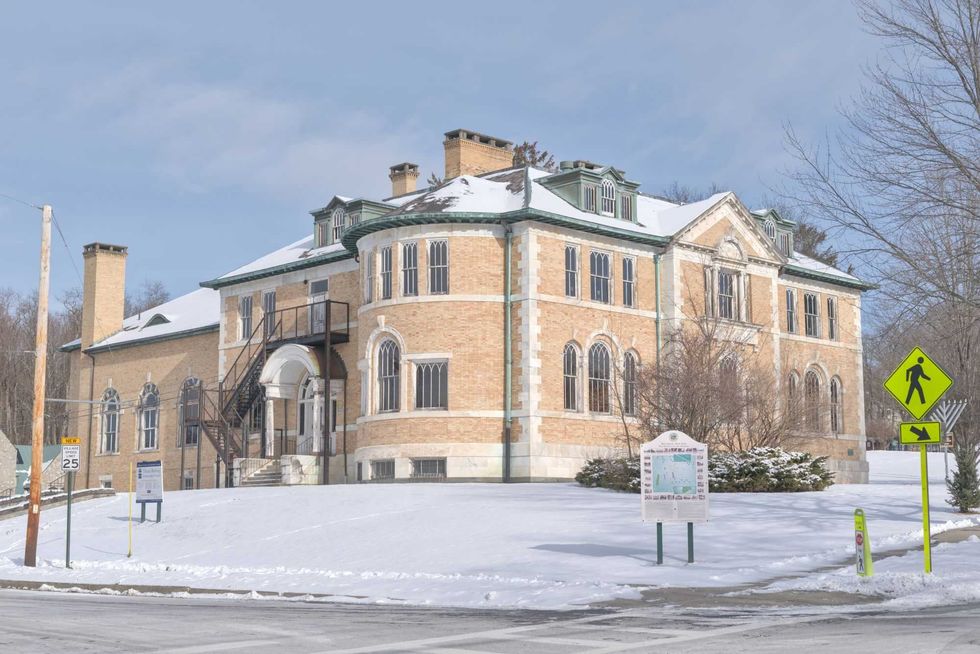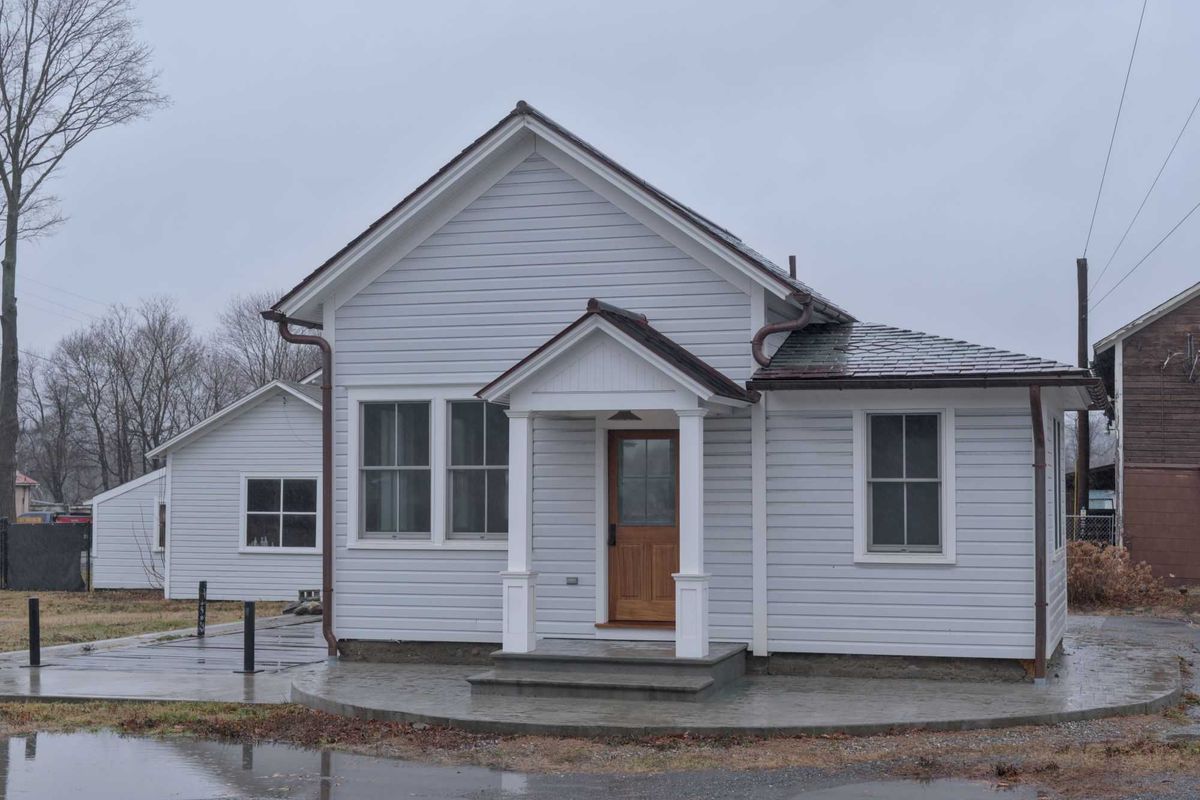The NASDAQ 100 index has carried the market for the first half of the year. Over the last few weeks, however, other areas of the markets have been coming back to life. Nimble traders might look at some of those sectors in the weeks ahead.
August into September is a fairly volatile period for markets historically. We could see markets suffer bouts of profit-taking, which could give investors a chance to buy stocks in certain sectors that have lagged the markets but have the potential to outperform in the months to come.
One area that is risky, but may promise higher rewards, could be the China trade. Most readers are aware of the many negative developments that have plagued the Chinese market over the last two years. Political issues between the U.S. and China including trade tariffs, microchip sanctions, national security blacklisting of certain companies, and limitations on U.S. investments in certain targeted areas have soured investor attitudes toward the Chinese stock market.
On the Chinese side, regulatory crackdowns on mega-cap companies by their central government devastated their stock market. The stock prices of many companies that had represented the best that China had to offer were decimated. All of this is well known.
At the same time, thanks to the Peoples’ Republic of China’s zero Covid tolerance policies, the mainland economy was severely damaged and has still not recovered.
Chinese retail investors, who represent 60% of trading volume on China’s stock market, are cautious if not downright bearish on their market. Domestic and foreign Investors have been waiting for months watching for signs that the government will begin to announce plans to jump-start this faltering economy.
Only recently has there been any indication that economic policy is beginning to change.
And while officials promise to change, they are taking their sweet time in providing any concrete stimulus measures that could do the job. Nonetheless, anticipation that change is just around the corner has ignited what I call a catch-up trade in China and its beneficiaries.
Globally, commodities, material stocks, mines and metals, oil stocks, and agricultural equities are all beginning to show some life. Why? On the margin, a growing Chinese economy will create increased demand for all these raw materials. These products have traditionally fueled China’s factories and their exports. In addition, a recovering Chinese economy becomes the locomotive for dozens of emerging and frontier markets throughout the world.
All the above areas have been left in the dust this year as everyone’s focus was squarely on the Magnificent Seven and lately AI stocks. As a contrarian, I am attracted to unloved areas like this. That is not to say that the technology sectors of the market will not participate. They will, just not at the same rate as those in a catch-up trade, in my opinion.
There is also a second player in the metals markets with billions in cash to spend. Saudi Arabia has decided to become a hub for the processing and trade of minerals which are vital for the energy transition. In an ongoing effort to diversify the country’s oil-dependent economy, they plan to develop more than $1 trillion in copper, phosphates, zinc, uranium, and gold.
Progress in this effort thus far has been slow so to jump-start their processing facilities, a new entity controlled by its huge sovereign wealth fund and its national mining company has begun to buy up mineral resources around the world and ship them home for processing.
I believe the prospects are attractive in the second half of the year for further gains in China, emerging markets, mines, metals, materials, energy, and other commodities.
Bill Schmick is a founding partner of Onota Partners Inc. in the Berkshires. None of his commentary is or should be considered investment advice. Email him at bill@-schmicksretiredinvestor.com.


 A sign detailing the history of the charcoal kilns and the recent restoration now stands at the site of the historic kilns on Deep Hollow Road just off Route 22 in Wassaic. The sign and restoration were part of an effort by the Amenia Historical Society and Bernie Leighton, who cleaned up the site and restored the kilns. Photo provided
A sign detailing the history of the charcoal kilns and the recent restoration now stands at the site of the historic kilns on Deep Hollow Road just off Route 22 in Wassaic. The sign and restoration were part of an effort by the Amenia Historical Society and Bernie Leighton, who cleaned up the site and restored the kilns. Photo provided 
 Charles R. Johnson, a Korean war veteran who died in combat in 1953, was posthumously awarded the Medal of Honor on Friday, Jan. 3. Photo provided
Charles R. Johnson, a Korean war veteran who died in combat in 1953, was posthumously awarded the Medal of Honor on Friday, Jan. 3. Photo provided  Millbrook board advanced plan for Thorne Building community center By Nathan Miller
Millbrook board advanced plan for Thorne Building community center By Nathan Miller 
 LaBella Associates representative Pasquale Marchese said designers aimed to ensure the proposed new Town Hall would fit the character of downtown Pine Plains. Photo provided
LaBella Associates representative Pasquale Marchese said designers aimed to ensure the proposed new Town Hall would fit the character of downtown Pine Plains. Photo provided  The plans presented by LaBella AssociatesSource:
The plans presented by LaBella AssociatesSource:  Source: Dutchess County Board of Elections
Source: Dutchess County Board of Elections






The catch-up trade